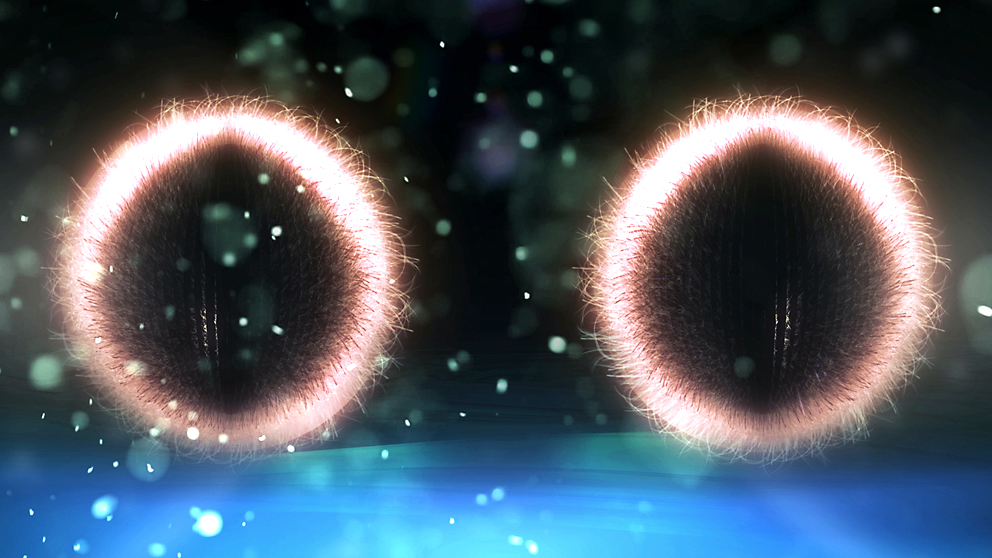A new study has been published that further complicates the argument that gravity could be explained using quantum entanglement. If true, this could further complicate efforts to explain how gravity works and whether quantum physics can explain it.
The concept at the center of this debate dates back to a 1957 proposal by Nobel laureate Richard Feynman, who suggested that if gravity could cause two massive objects to become quantumly entangled, then gravity itself must be quantum in nature. The idea has recently gained traction as advances in precision measurement make such tests experimentally feasible.
However, a recent paper by Richard Howl and Joseph Aziz of Royal Holloway, University of London, challenges that assumption. Their calculations indicate that even classical gravity (the non-quantum framework introduced by Albert Einstein) could, under certain conditions, create entanglement between two objects.
Traditionally, physicists believed that a purely classical gravitational field could not transmit quantum information because it relies only on local operations and classical communication (LOCC).
Unifying gravity and quantum entanglement
Under that framework, entanglement would require faster-than-light information transfer, which is considered “unphysical.” However, Howl and Aziz took a different approach. By combining quantum field theory (QFT) for matter with classical gravity, they showed that quantum communication could still emerge.
“Although entanglement can be used to provide evidence for the quantum nature of gravity, contrary to that considered previously, this is not unambiguous and is, instead, fundamentally a phenomenological issue: it depends on the parameters and form of the experiment,” the authors explained.
The key lies not in hypothetical graviton propagators (particles associated with a quantized gravitational field) but in virtual matter propagators, which are part of the quantum field description of particles such as electrons. In other words, the apparent quantum behavior may stem from the quantum nature of matter itself rather than from gravity being quantum.
This subtle shift has big implications. For years, physicists have proposed “tabletop experiments” to test Feynman’s idea, hoping to observe gravitationally induced entanglement as proof that gravity is quantized.
The new findings suggest that such results would be ambiguous, meaning they could arise from either quantum gravity or from classical gravity interacting with quantum fields.
More work is needed
“Here we show that local classical theories of gravity can, in fact, generate quantum communication and, thus, entanglement. The arguments and theorems for classical gravity operating only as LOCC implicitly treat matter in standard quantum mechanics,” the authors added.
“However, to the best of our knowledge, matter obeys quantum field theory (QFT), and when this is taken into account, we show that a classical gravity interaction naturally gives rise to quantum communication,” they explained.
While this may complicate the quest for a clear experimental signature of quantum gravity, it does not render such tests useless. According to the research team, both classical and quantum models of gravity would produce entanglement at different strengths depending on variables such as mass, separation distance, and experiment duration.
Careful measurement of these differences might still allow scientists to distinguish between the two scenarios. For now, Feynman’s long-imagined experiment remains as tantalizing, and as challenging, as ever.
The study has been published in the journal Nature.

